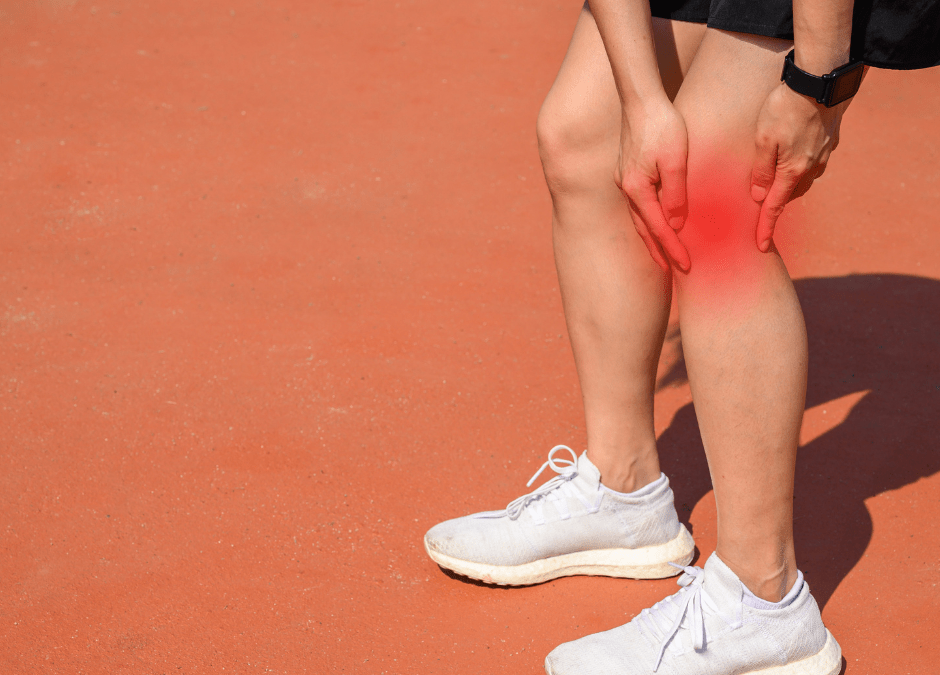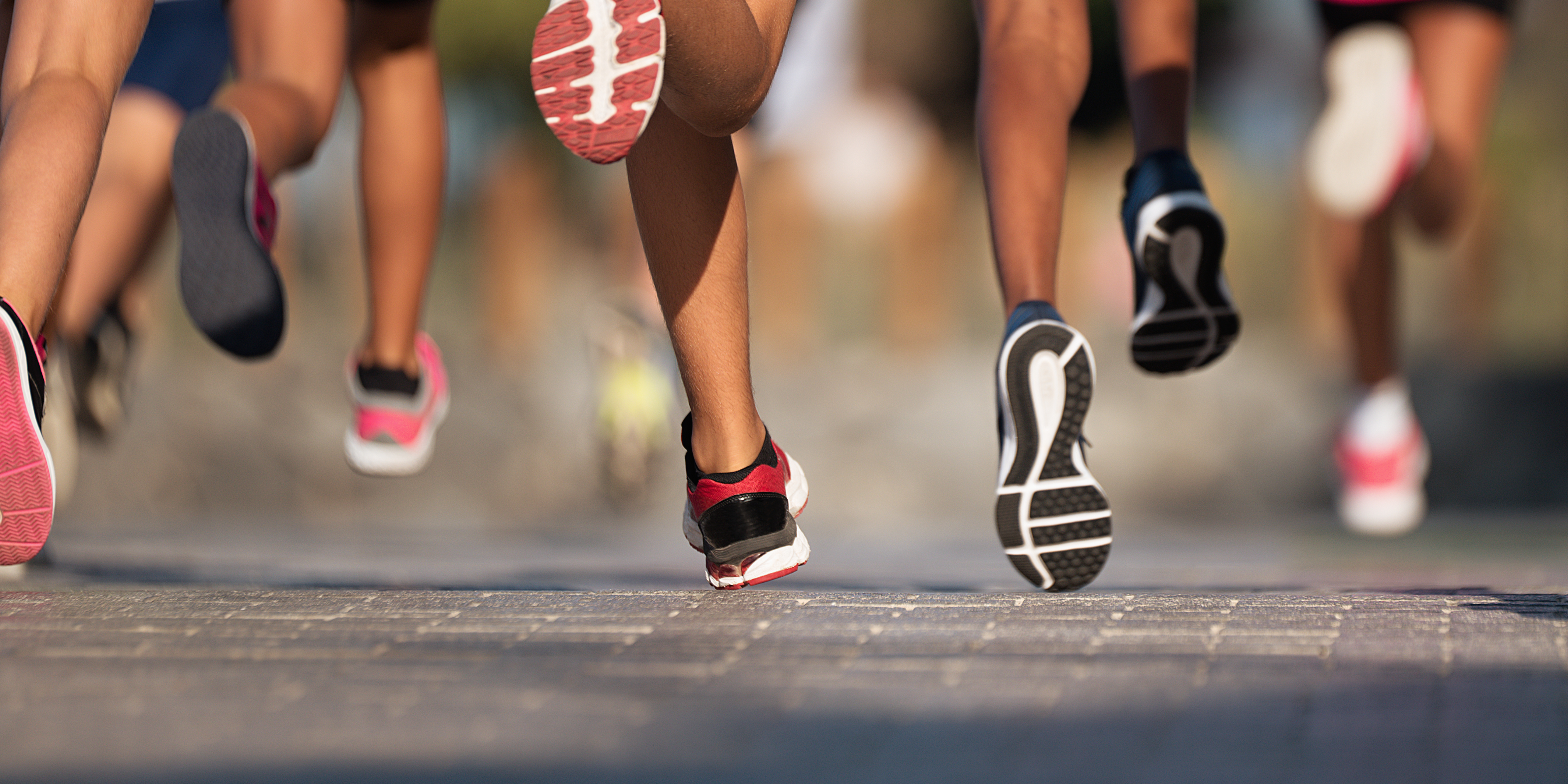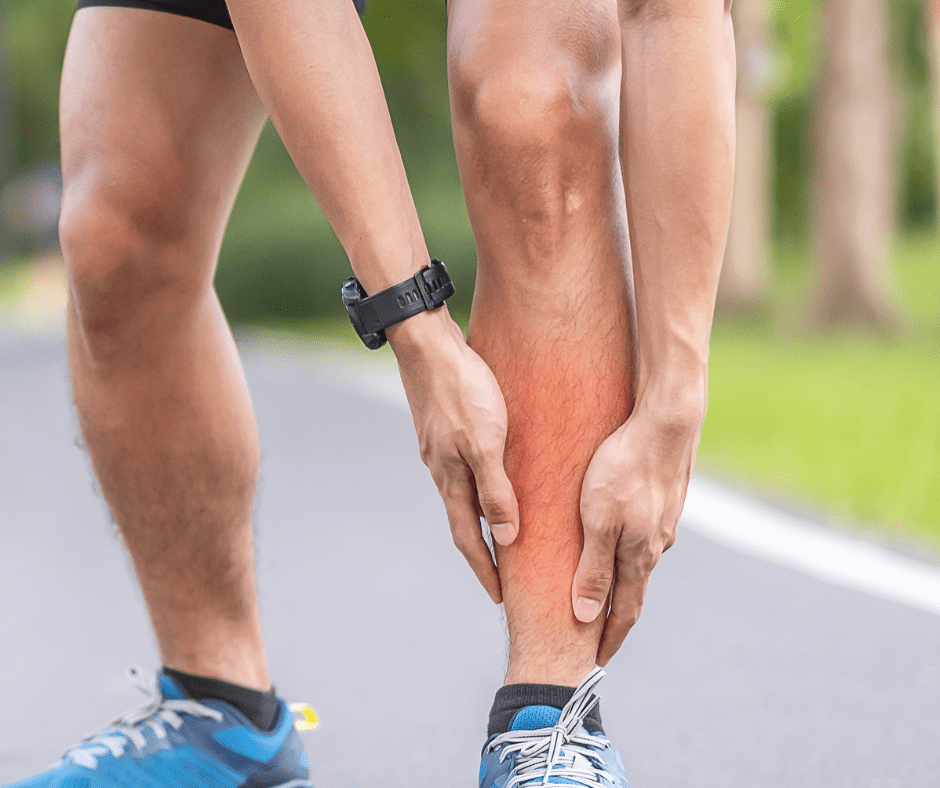What is IT band syndrome?
ITB syndrome is the most common cause of lateral knee pain in runners. It’s often a sharp pain that comes on at a predictable point of a run, also sore walking downstairs or running downhill. The IT band rubs over the outer part of the thigh. This impinges and inflames the sensitive fatty tissue between the IT band and the underlying bone creating pain and dysfunction. Compression is greatest at 0-30d of flexion / extension, which correlates with early stance phase of gait when the knee is flexing to 30d. It may also be exacerbated with weakness and dropping of the opposite hip. An ultrasound scan of the knee can help to determine if there is indeed inflammation tracking between the ITB and underlying tissue or if there is joint fluid tracking up from the knee (suggestive of a knee joint irritation rather than ITBS). Sometimes the pain can be extremely severe and stop you running altogether.
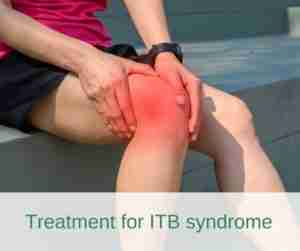
Treatment of ITB syndrome
The first line of action is to stop running for a couple of weeks to let the irritation settle down. You should be able to cycle or swim to stay fit. Cyclist also get ITBFS, however it tends to come on after extreme distances such as 100 miles! Next, you need to manage the inflammation and take anti-inflammatory medication such as ibuprofen. Or sometimes you may need something stronger such as naproxen, but you will need to see our prescribing physio to prescribe this. Other anti-inflammatory treatments such as ice and ultrasound as part of a treatment in the first 2 weeks of seeing a patient with ITBS can also helpful.
Something that can also be used in the area of pain is acupuncture. The acupuncture almost creates some micro irritation in the area generating a new healing response by stimulating blood flow and cellular activity in the area of irritation. Dry needling the IT band also de-activates tigger points and adhesions in the facia and the underlying quad muscle. There is anecdotal evidence that taping the IT band with K-tape can also cause a short-term relief of pain that helps you get back to running.
Other manual treatments include massage and instrument assisted soft tissue work – using metal massage tools – to create stretch and flexibility in the fascia that runs down the outer thigh. At Wandsworth Physiotherapy we give all our IT band patients foam roller exercises to do to self-massage the outer part of the thigh, glutes, quads and TFL muscles. The next thing to work on is weakness in the glute muscles. We give all our IT band patients a series of glute strengthening exercises such as clams, top leg raises and standing wall slides.
When you get the inflammation under control and correct the muscle imbalance around the IT band the symptoms can settle down quite quickly and you can carry on with your marathon training plan. It is not unusual to start running again after a couple weeks rest. One of two things will happen – the pain will come on at the same point in the run, but will be much less in intensity, or the pain will be just as bad but will come on much later into the run. Both of these are good signs that continuing with the anti-inflam meds, physio and home exercise programme can keep you running.
The next step is to start a return to running plan. This needs to be a clearly thought out and guided return to activity with clear steps on distance, speed and rest days. Speak to a physio who can guide you through this.
Return to running guide
- Assess readiness to run – it should be pain free up and down stairs, walking for 20 minutes and be able to jog on spot for 1 min
- Determine run tolerance – do a test run and see how far / long you can run before symptoms start. This is the starting point.
- Plan graded return to running from where you are now to where you want to be. Factor in treadmill, surface outdoors, the incline / decline and speed.
- Monitor and modify the load and plan rest days and recovery weeks.
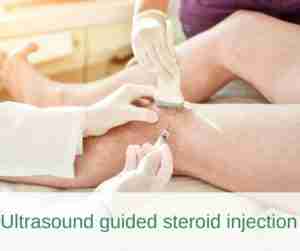
Ultrasound guided injections for ITB syndrome
If after 6-8 weeks of physio and load management and you are still not seeing any change in the symptoms, you may need to be referred for an ultrasound scan or MRI and a steroid injection. We can ultrasound scan the ITB area to see if there is any inflammation that remains. If there is, we can do an ultrasound guided steroid injection for the ITB syndrome. This can immediately settle the irritation down and reduce your pain so that you can continue to correct the imbalances that caused the problem whilst also continuing to run.

